My Favourite Painting: Earl of Leicester
The Earl of Leicester chooses his favourite painting for Country Life.
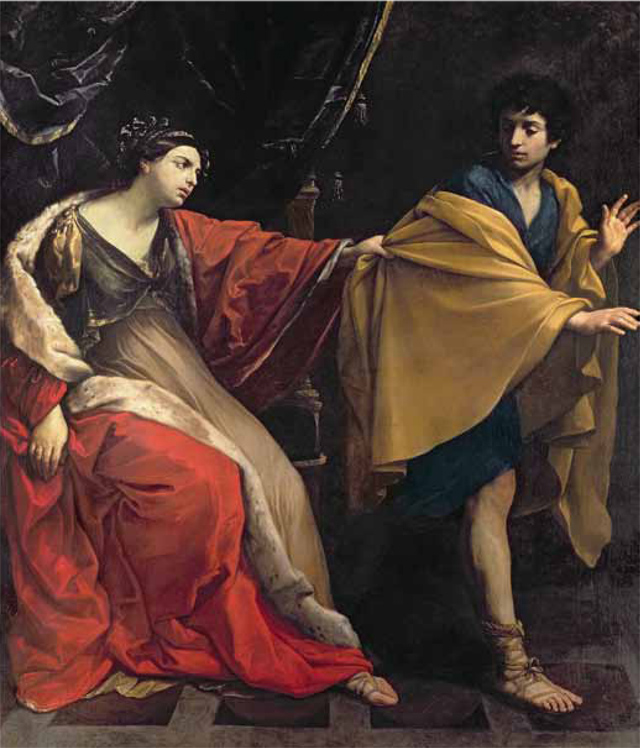

Joseph and Potiphar’s Wife, by Guido Reni (1575–1642), 89in by 74in, Holkham Hall, Norfolk. Bridgeman Images.
The Earl of Leicester says: 'At night, when the only lighting in the State Rooms at Holkham are those over the pictures, one feels a palpable sense of theatre. And no picture is more enhanced than this magnificent painting. It’s also a wonderful example of the sensible legislation that allows, inter alia, pictures to be gifted to the nation in lieu of Inheritance Tax, in this case, allowing the painting to be seen by our visitors in the position that it has occupied since it first arrived at Holkham in 1759.'
Lord Leicester is patron of the Historic Houses Association
Art critic John McEwen comments: 'Guido Reni’s father was choirmaster of Bologna Cathedral. Guido studied at the Carracci brothers’ academy in Bologna, made his international reputation in Rome, and, in 1614, returned to his provincial native city for good. His success, marred only by increasing gambling debts, easily withstood this withdrawal.
Gian Pietro Bellori, whose own Lives of the Artists makes him the Vasari of the 17th century, wrote that Reni ‘excelled every other artist of our century in beautiful painting’, not least in the way ‘he knew how to treat draperies in noble fashion’. Some 150 years later, Stendhal added: ‘The Bolognese school is almost, in all genres, the perfection of painting…Guido, a French soul if ever there was one, caught the very beauty of heaven in his female figures.’ Such tributes testify to Reni’s reputation and influence, which stretched from his own time to the mid 19th century, latterly in America as well as Europe. That is, until Victorian John Ruskin damned him and the entire 17th-century Bolognese school as sentimentalists, devoid of sincerity and religious conviction.
Only in the past 50-odd years has Ruskin’s damaging verdict been challenged and Reni’s reputation partially restored. The text illustrated is Genesis 39, 7–20, which tells the story of how Joseph, taken by the Ishmaelites into Egypt, was bought by Potiphar, captain of Pharaoh’s guard. He refused the persistent advances of Potiphar’s wife, finally having to run for it, leaving her clutching his cloak. She avenged herself by using the cloak as evidence to have him imprisoned.'
This article was first published in Country Life, April 11, 2012
Sign up for the Country Life Newsletter
Exquisite houses, the beauty of Nature, and how to get the most from your life, straight to your inbox.
Country Life is unlike any other magazine: the only glossy weekly on the newsstand and the only magazine that has been guest-edited by HRH The King not once, but twice. It is a celebration of modern rural life and all its diverse joys and pleasures — that was first published in Queen Victoria's Diamond Jubilee year. Our eclectic mixture of witty and informative content — from the most up-to-date property news and commentary and a coveted glimpse inside some of the UK's best houses and gardens, to gardening, the arts and interior design, written by experts in their field — still cannot be found in print or online, anywhere else.
-
 'To exist in this world relies on the hands of others': Roger Powell and modern British bookbinding
'To exist in this world relies on the hands of others': Roger Powell and modern British bookbindingAn exhibition on the legendary bookbinder Roger Powell reveals not only his great skill, but serves to reconnect us with the joy, power and importance of real craftsmanship.
By Hussein Kesvani
-
 Spam: The tinned meaty treat that brought a taste of the ‘hot-dog life of Hollywood’ to war-weary Britain
Spam: The tinned meaty treat that brought a taste of the ‘hot-dog life of Hollywood’ to war-weary BritainCourtesy of our ‘special relationship’ with the US, Spam was a culinary phenomenon, says Mary Greene. So much so that in 1944, London’s Simpson’s, renowned for its roast beef, was offering creamed Spam casserole instead.
By Country Life
-
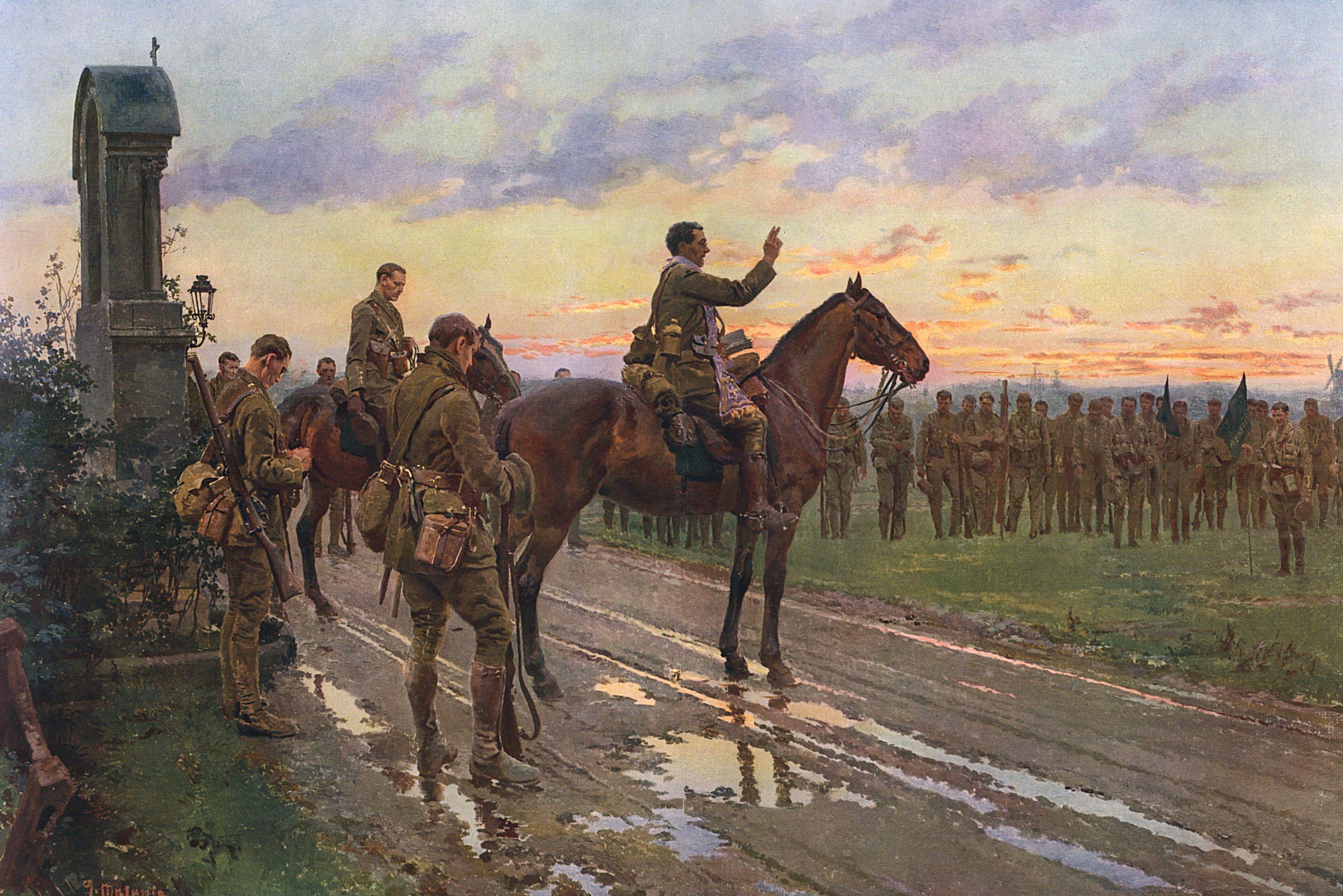 My favourite painting: Allan Mallinson
My favourite painting: Allan MallinsonMilitary historian Allan Mallinson picks an image of 'faith, generosity and ultimate sacrifice'.
By Charlotte Mullins
-
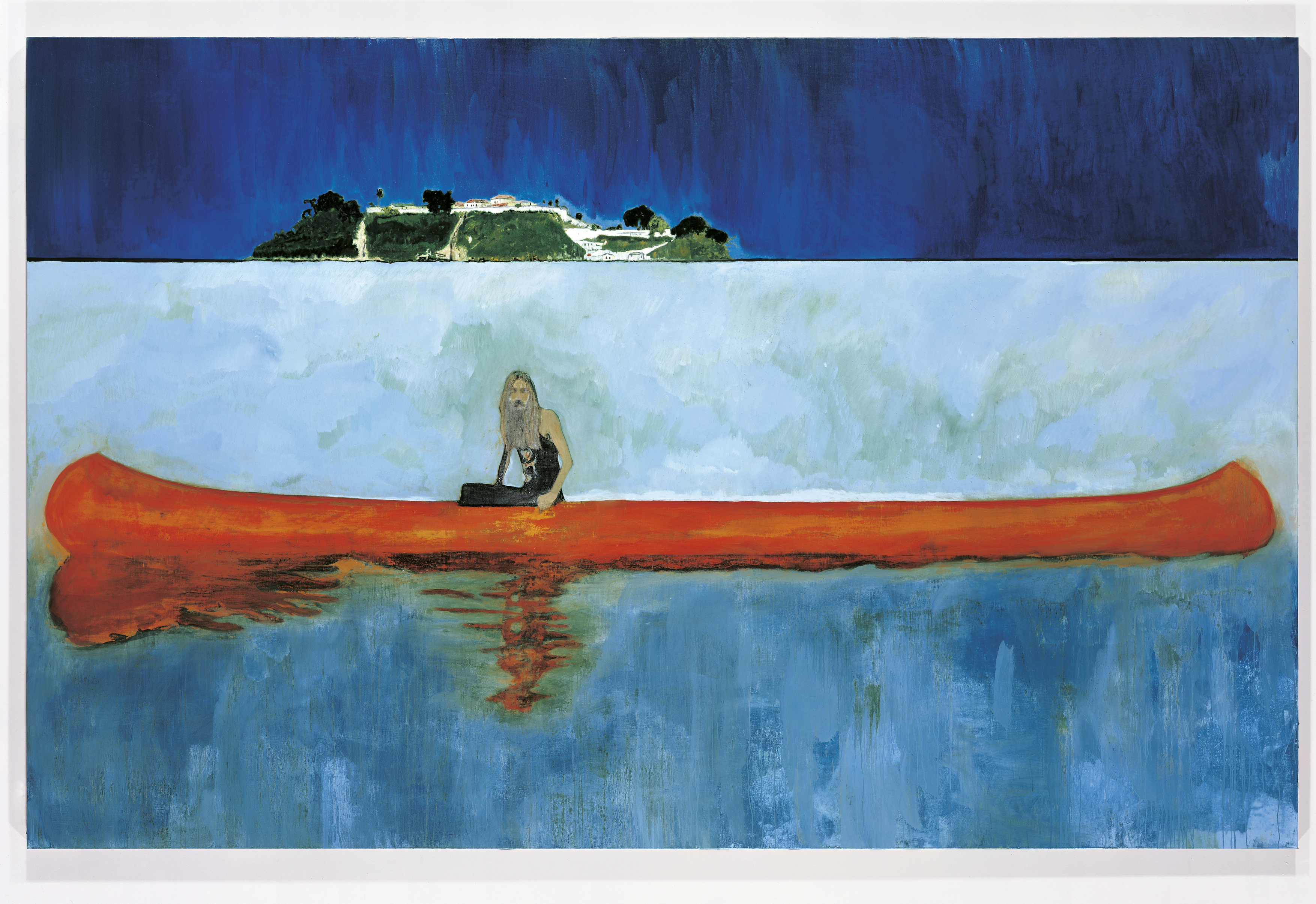 My Favourite Painting: Piet Oudolf
My Favourite Painting: Piet Oudolf'One cannot sense whether he is far out on the ocean or closer to shore, or what he may be watching or feeling in that moment as he stares towards the beach.’
By Country Life
-
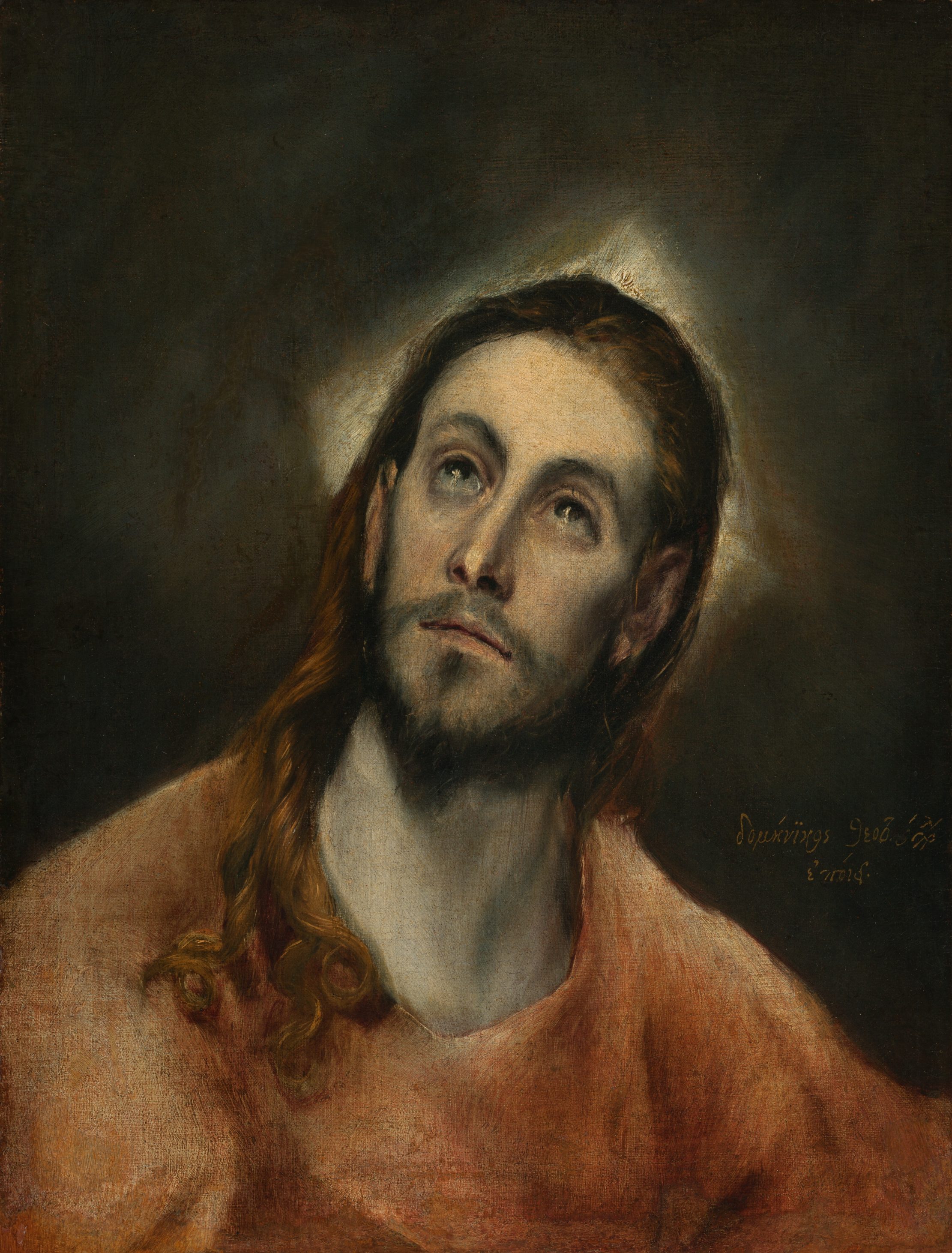 My Favourite Painting: Mary Plazas
My Favourite Painting: Mary Plazas'There is compassion, awe, humility, a knowing yet a questioning in the glistening eyes. It moves me, it inspires me beyond the need to know.’
By Country Life
-
 My favourite painting: Robert Kime
My favourite painting: Robert KimeRobert Kime shares his fondness for New Year Snow by Ravilious
By Country Life
-
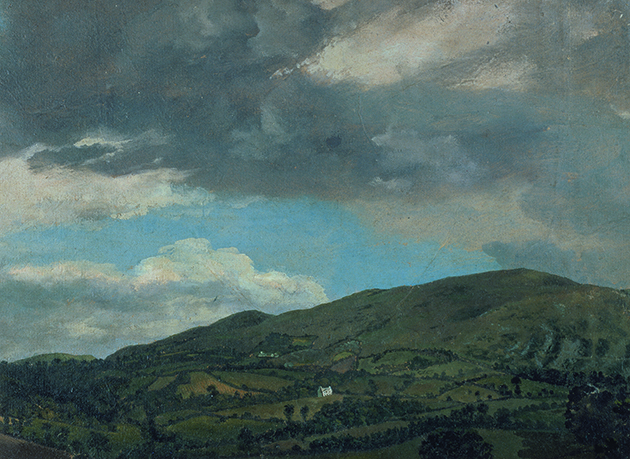 My Favourite Painting: Anna Pavord
My Favourite Painting: Anna PavordAnna Pavord chooses a picture which reminds her of where she grew up
By Country Life
-
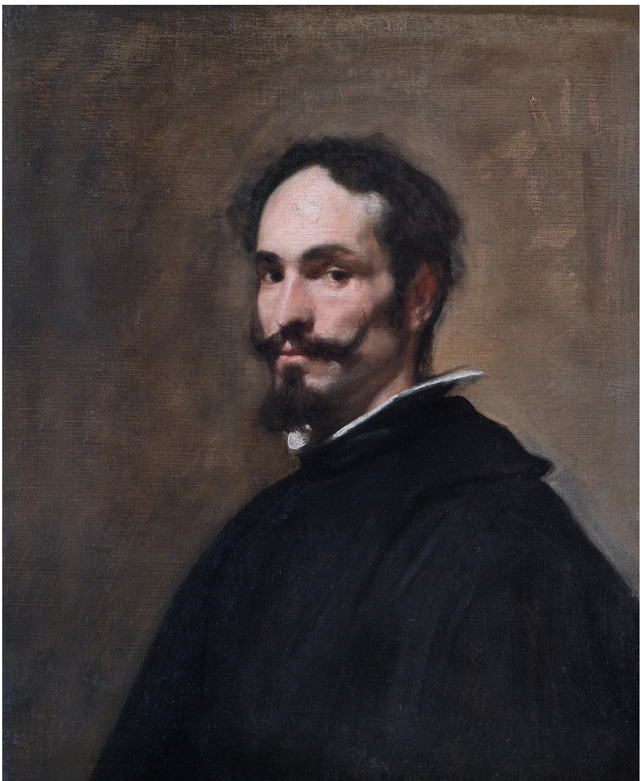 My favourite painting: The Duchess of Wellington
My favourite painting: The Duchess of WellingtonThe Duchess of Wellington chooses her favourite painting for Country Life.
By Country Life
-
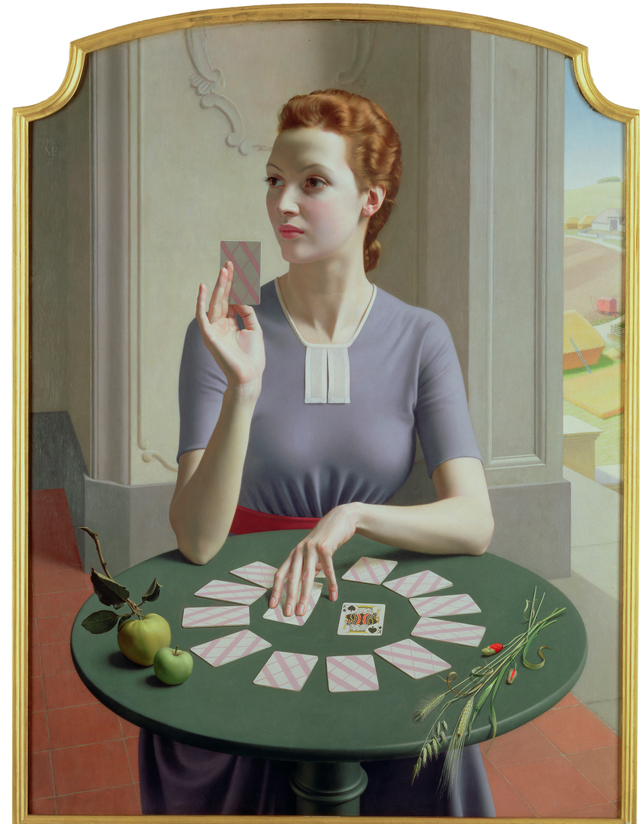 My favourite painting: Maureen Lipman
My favourite painting: Maureen LipmanMaureen Lipman chooses her favourite painting for Country Life.
By Country Life
-
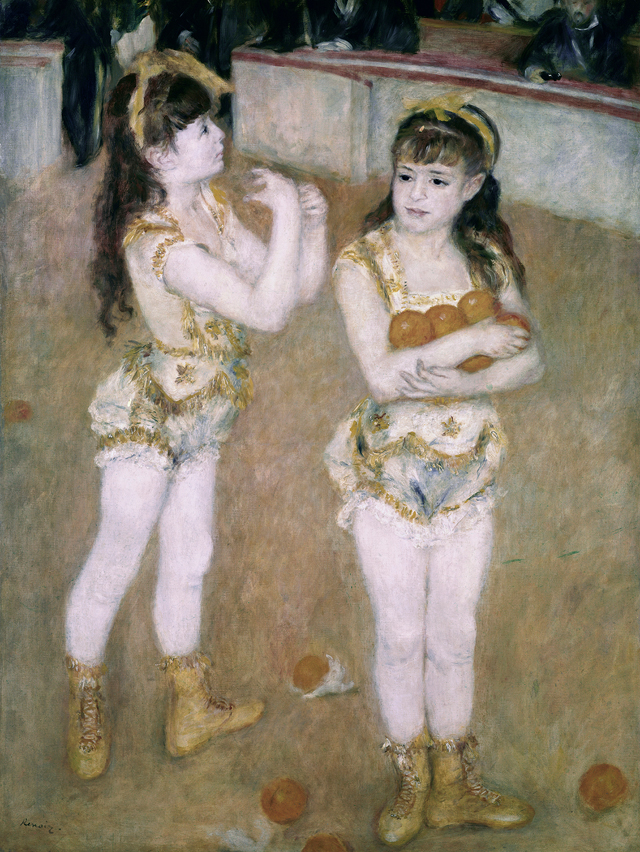 My favourite painting: Jacqueline Wilson
My favourite painting: Jacqueline Wilson'I looked at this painting and decided to write about a Victorian circus girl one day'
By Country Life